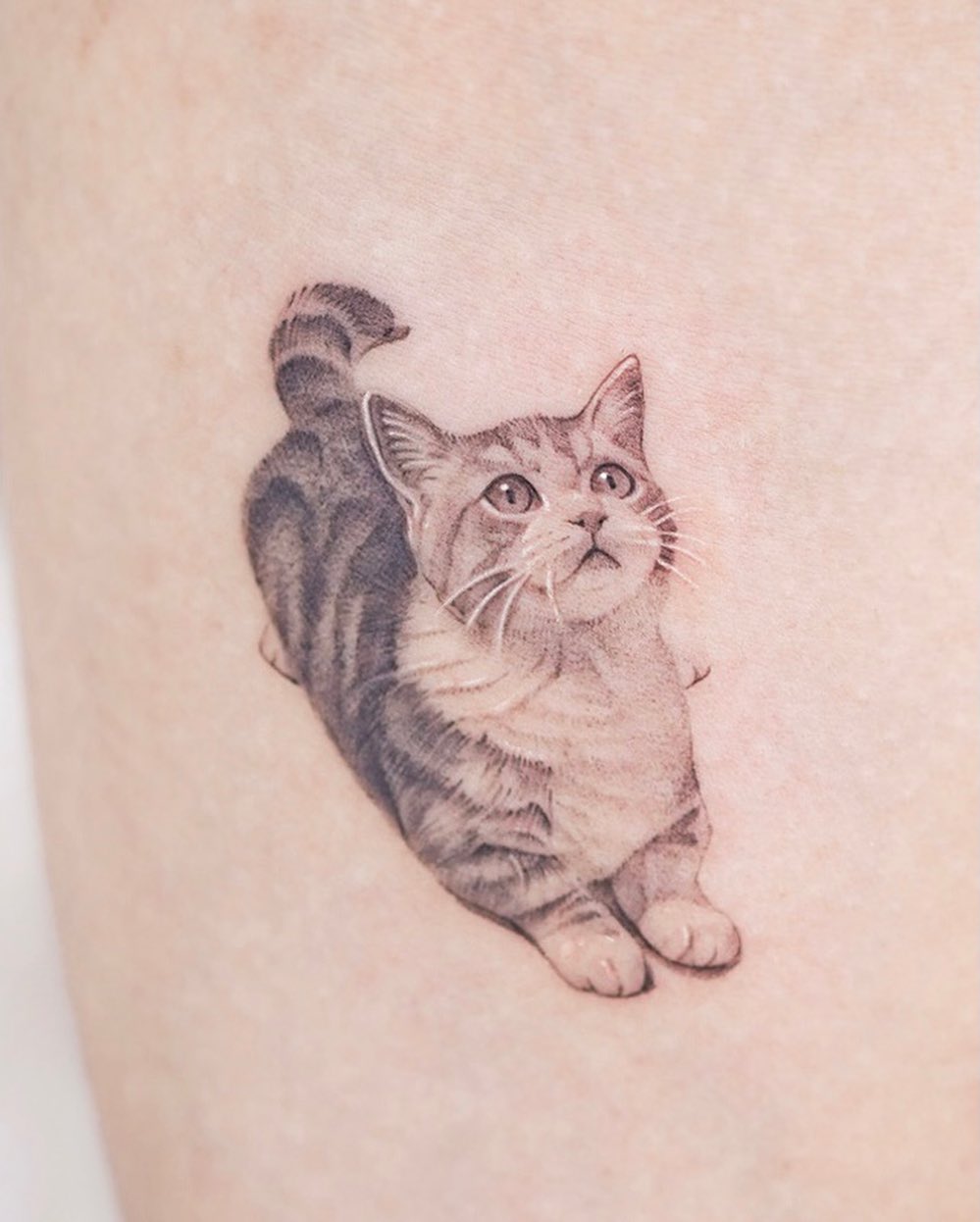
Okay, so you’re thinking about getting some ink, huh?
Awesome!
But you’re probably wondering about placement, right?
Specifically, hand tattoos.
And even more specifically, what’s the deal with upper vs. lower hand tattoos?
I get it.
It’s a big decision, and placement matters a lot.
Let’s break down the difference between upper and lower hand tattoos so you can make the best choice for you.
Upper Hand vs. Lower Hand Tattoos: What’s the Real Difference?
Honestly, the biggest difference is visibility and pain.
Seriously.
Think about it: your upper hand (the back of your hand) is way more visible than your lower hand (your palm).
That visibility impacts everything from your job prospects to random judgments from strangers.
And the pain?
Well, we’ll get to that.
But trust me, it’s a factor.
Visibility: Are You Ready to Show It Off?
This is the big one.
- Upper Hand Tattoos: These are always visible. Unless you’re wearing gloves 24/7, everyone will see them. Think about that. Are you in a profession where visible tattoos are frowned upon? Do you care what your grandma thinks? These are real questions.
- Lower Hand Tattoos: These are more discreet. You can hide them pretty easily. Think about shaking hands, holding a coffee cup, or even just resting your hands on a table. They’re not invisible, but they’re definitely less "in your face."
I had a friend, let’s call her Sarah, who got a beautiful geometric design on the back of her hand. She loved it, but she worked in a very conservative office. She ended up having to wear long sleeves all the time to cover it, which was a huge pain, especially in the summer.
Learn from Sarah’s experience!
Pain Levels: Brace Yourself
Okay, let’s talk about the ouch factor.
Your hands are bony and have a ton of nerve endings.
Neither upper nor lower hand tattoos are a walk in the park.
- Upper Hand Tattoos: Generally considered less painful than palm tattoos because there’s slightly more flesh and less direct bone contact. But it’s still gonna sting.
- Lower Hand Tattoos (Palm Tattoos): These are notoriously painful. The skin is thin, close to the bone, and full of nerves. Plus, the ink tends to fade faster, meaning you might need touch-ups, which means more pain.
Think about it like this: getting a tattoo on your palm is like getting tattooed directly onto your bones. Not fun.
Ink Longevity: Will It Last?
Hand tattoos, in general, are prone to fading.
Why?
Because we use our hands constantly.
Washing, working, gripping, everything wears down the ink.
- Upper Hand Tattoos: Still susceptible to fading, but usually last longer than palm tattoos because the skin is thicker and less exposed to friction.
- Lower Hand Tattoos: These fade fast. The skin on your palms regenerates quickly, pushing the ink out. Be prepared for touch-ups, potentially frequently.
I know someone who got a gorgeous mandala on their palm, and within a year, it looked like a blurry mess. Regular moisturizer and avoiding harsh soaps can help, but fading is almost inevitable.
Design Considerations for Hand Tattoos
The shape of your hand will influence the tattoo design.
- Upper Hand Tattoos: Offers a larger, flatter canvas. You can get more detailed designs here. Think geometric patterns, small portraits, or even word art.
- Lower Hand Tattoos: Limited space and a less even surface. Simpler designs work best. Think small symbols, single words, or minimalist art.
Before you even think about what to get, find an artist who specializes in hand tattoos. Their expertise is invaluable.
Key Considerations Before Getting a Hand Tattoo (Upper or Lower)
Before you commit, ask yourself these questions:
- Your Job: Will a visible tattoo affect your career?
- Your Lifestyle: Are you okay with the maintenance and potential fading?
- Your Pain Tolerance: Can you handle the discomfort?
- Your Artist: Is your artist experienced with hand tattoos?
- Your Design: Does the design work well with the shape of your hand?
FAQs About Upper and Lower Hand Tattoos
-
Q: Are hand tattoos unprofessional?
- A: It depends on your profession. Some industries are more accepting than others. Research your field’s norms before getting inked.
-
Q: How much do hand tattoos cost?
- A: Prices vary depending on the size, complexity, and artist. Expect to pay more than you would for a tattoo of the same size on a less sensitive area.
-
Q: How long do hand tattoos take to heal?
- A: Healing time is generally 2-4 weeks, but it can take longer, especially for palm tattoos.
-
Q: Can I get a hand tattoo removed?
- A: Yes, but it’s a painful and expensive process. Plus, there’s no guarantee it will be completely removed. Think long and hard before getting a tattoo.
-
Q: Are hand tattoos more prone to infection?
- A: Not necessarily, but proper aftercare is crucial. Keep the area clean and moisturized.
Ultimately, the decision to get an upper or lower hand tattoo is a personal one.
Weigh the pros and cons, consider your lifestyle, and find a reputable artist.
Hopefully, this breakdown has helped you understand the difference between upper and lower hand tattoos and made your decision a little easier.






